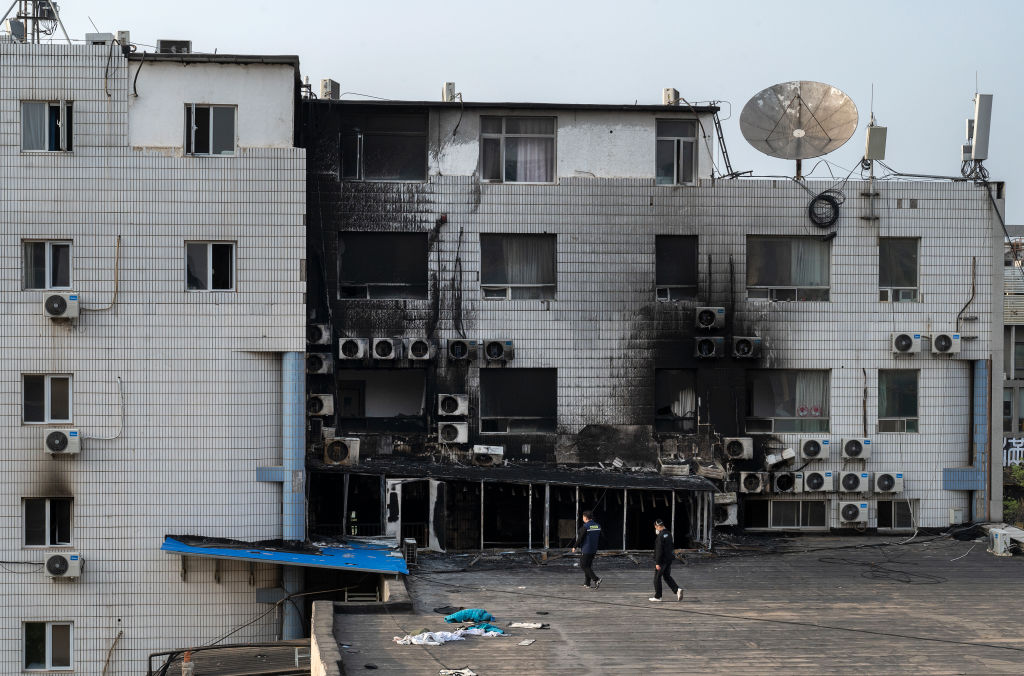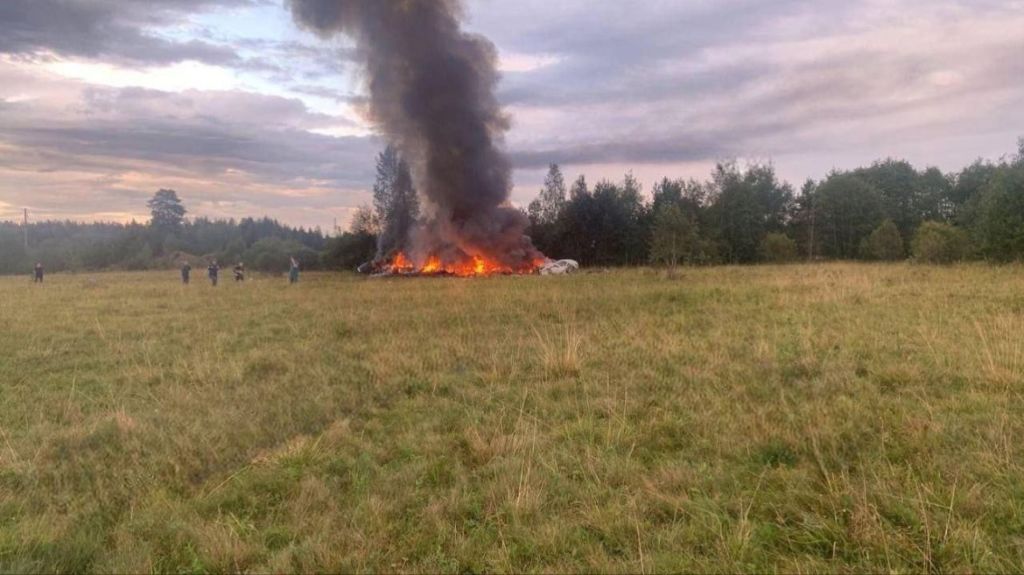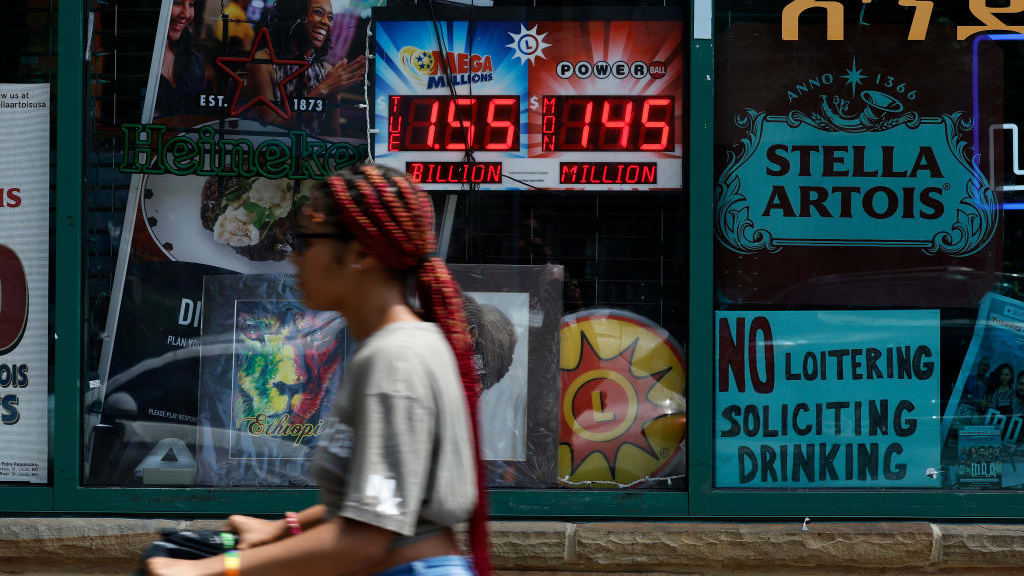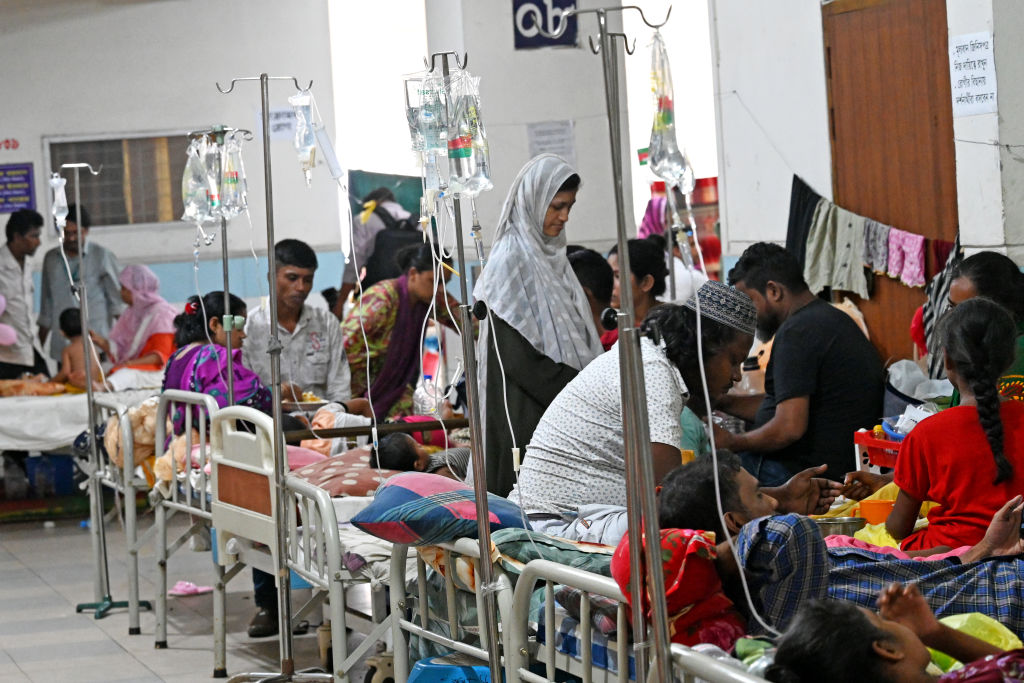Beijing hospital fire kills 29 people, mostly elderly patients


A Beijing hospital fire killed 29 people Tuesday, in what CNN calls the "deadliest fire to hit the Chinese capital in two decades." Details about the deadly blaze did not emerge until several hours later, "and even then, the details were slim as authorities kept a tight lid on details," CNN adds.
The fire was the most deadly in Beijing in recent history, "surpassing the toll from a fire in 2017 that killed 19 in a cramped two-story building in Daxing district in the capital's southern suburb," CNN explains. It is also "one of the most heavily censored incidents in recent years," CNN says, "a sign of the tightening controls on media in China under leader Xi Jinping, the country's most authoritarian leader in a generation."
Preliminary investigations show that the fire broke out in an inpatient building of Changfeng Hospital, and was caused by welding sparks that ignited flammable paint during interior renovation work, Zhao Yang, an official at Beijing's fire department, said on Wednesday. Officials said the majority of the people who died were elderly patients, along with a nurse, a medical assistant, and a patient's relative.
The Week
Escape your echo chamber. Get the facts behind the news, plus analysis from multiple perspectives.

Sign up for The Week's Free Newsletters
From our morning news briefing to a weekly Good News Newsletter, get the best of The Week delivered directly to your inbox.
From our morning news briefing to a weekly Good News Newsletter, get the best of The Week delivered directly to your inbox.
As news and images of the fire spread around social media, the Chinese state media remained silent for hours, "and censors appeared to scrub the internet of any mentions," CNN writes. Family members of patients at the Changfeng Hospital said they were kept in the dark as the incident unfolded. The Bejing Daily, the official newspaper of China's capital, published a "terse report" about the fire "more than 7 hours after the blaze was put out and over 5 hours after rescue efforts wrapped up," per CNN.
Though government censors "sought to quell public anger by restricting information on the internet in the initial hours after the fire," The New York Times says that censorship eventually relaxed. A Beijing public security official said authorities took a dozen people into custody on suspicion of liability and negligence, including the hospital's director, deputy director, and the head of the construction company.
A free daily email with the biggest news stories of the day – and the best features from TheWeek.com
Theara Coleman has worked as a staff writer at The Week since September 2022. She frequently writes about technology, education, literature and general news. She was previously a contributing writer and assistant editor at Honeysuckle Magazine, where she covered racial politics and cannabis industry news.
-
 Hilarious comedians to see on tour this winter
Hilarious comedians to see on tour this winterThe Week Recommends Get some laughs from Nate Bargatze, Josh Johnson and more
-
 A January deadline could bring the pain all over again
A January deadline could bring the pain all over againToday’s Big Question A January deadline could bring the pain all over again
-
 Political cartoons for December 23
Political cartoons for December 23Cartoons Tuesday's political cartoons include an eye on CBS, cracking the middle class, and Donald Trump's name on everything
-
 Despairing husband creates 'Taylor Swift jar'
Despairing husband creates 'Taylor Swift jar'Tall Tales And other stories from the stranger side of life
-
 Urine video dents Chinese beer brand
Urine video dents Chinese beer brandTall Tales And other stories from the stranger side of life
-
 Nobody seems surprised Wagner's Prigozhin died under suspicious circumstances
Nobody seems surprised Wagner's Prigozhin died under suspicious circumstancesSpeed Read
-
 Western mountain climbers allegedly left Pakistani porter to die on K2
Western mountain climbers allegedly left Pakistani porter to die on K2Speed Read
-
 'Circular saw blades' divide controversial Rio Grande buoys installed by Texas governor
'Circular saw blades' divide controversial Rio Grande buoys installed by Texas governorSpeed Read
-
 Los Angeles city workers stage 1-day walkout over labor conditions
Los Angeles city workers stage 1-day walkout over labor conditionsSpeed Read
-
 Mega Millions jackpot climbs to an estimated $1.55 billion
Mega Millions jackpot climbs to an estimated $1.55 billionSpeed Read
-
 Bangladesh dealing with worst dengue fever outbreak on record
Bangladesh dealing with worst dengue fever outbreak on recordSpeed Read
